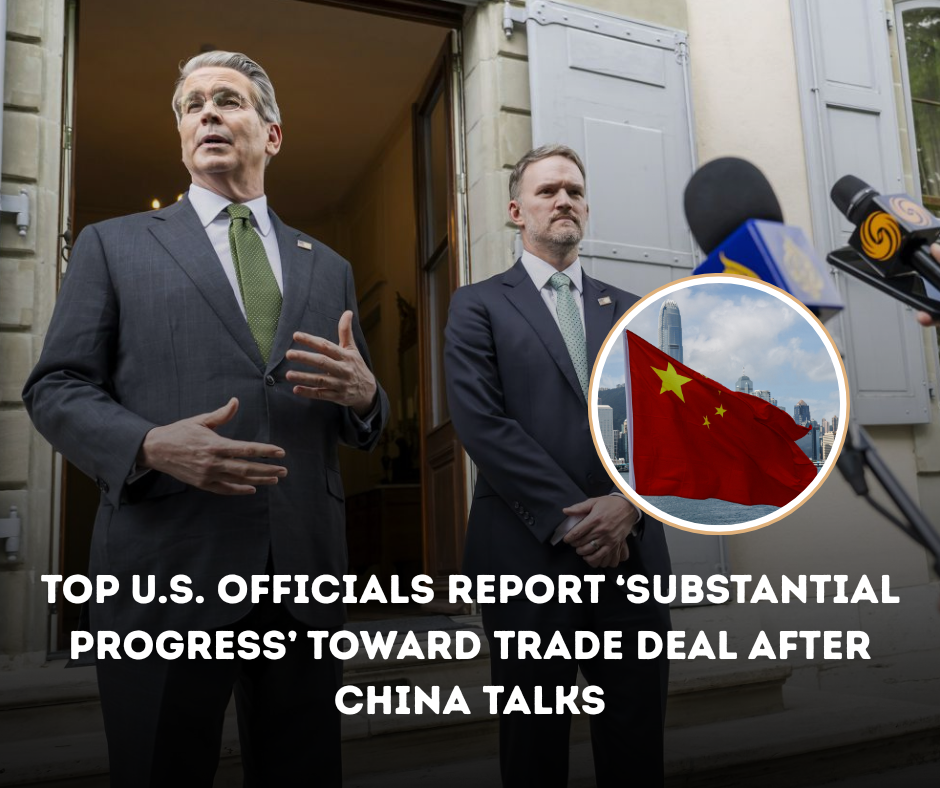In a promising development for international trade and the global economy, top U.S. officials have announced what they call “substantial progress” in ongoing negotiations with China. The high-level discussions, held over several days, focused on easing trade tensions and paving the way for a formal agreement between the world’s two largest economies.
A Step Forward in a Complex Relationship
U.S. representatives described the talks as “constructive and forward-moving,” emphasizing that both sides worked through a wide range of economic and structural issues. These included intellectual property rights, technology transfers, agricultural purchases, and tariffs—long-standing sticking points that have impacted everything from American farmers to manufacturing jobs.
Why This Matters to Americans—Especially Older Adults
For many Americans, especially those approaching or enjoying retirement, the outcome of U.S.–China trade talks carries real-world consequences. A solid agreement could stabilize markets, protect pensions and investments, and lower costs on everyday goods. Trade tensions in recent years have contributed to uncertainty in stock portfolios, particularly for those relying on 401(k)s and IRAs. Any progress in these discussions may help reduce that volatility.
The Road Ahead: Optimism with Caution
While no final deal has been signed just yet, officials on both sides signaled optimism that further negotiations will lead to a binding agreement. Analysts note that key details still need to be resolved, but the current tone suggests a shift toward cooperation rather than confrontation.
For everyday Americans, this progress offers a glimmer of hope. Stronger trade ties with China could support job growth, enhance retirement security, and bring stability back to markets that have been anything but predictable in recent years.
As talks continue, many will be watching closely—not just in Washington or Beijing, but in communities across the U.S. that feel the ripple effects of global trade decisions.

Leave a Reply